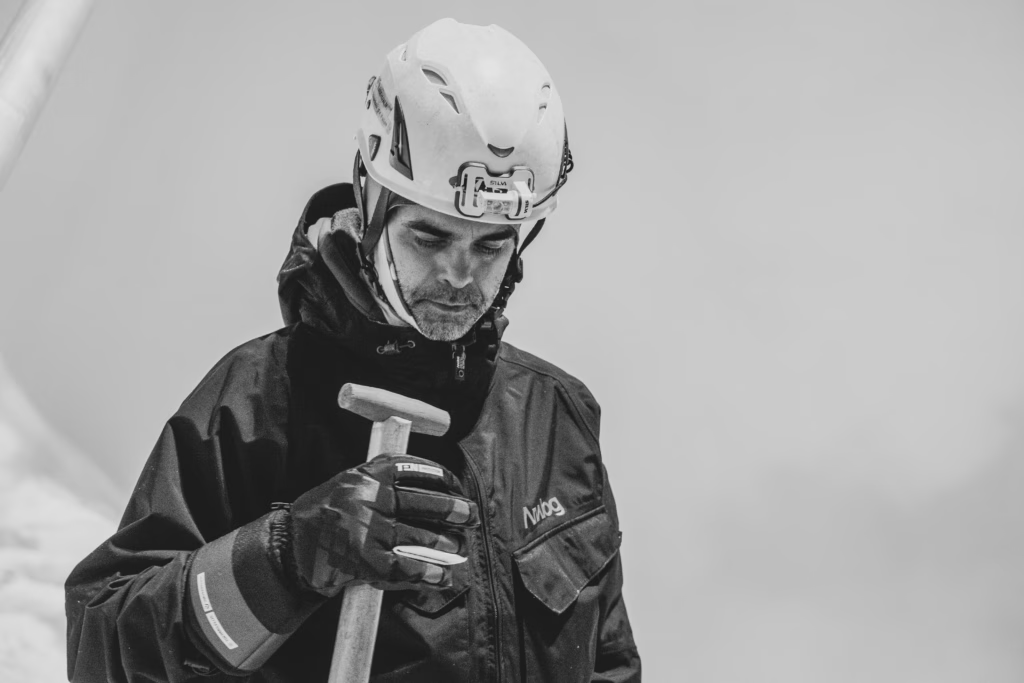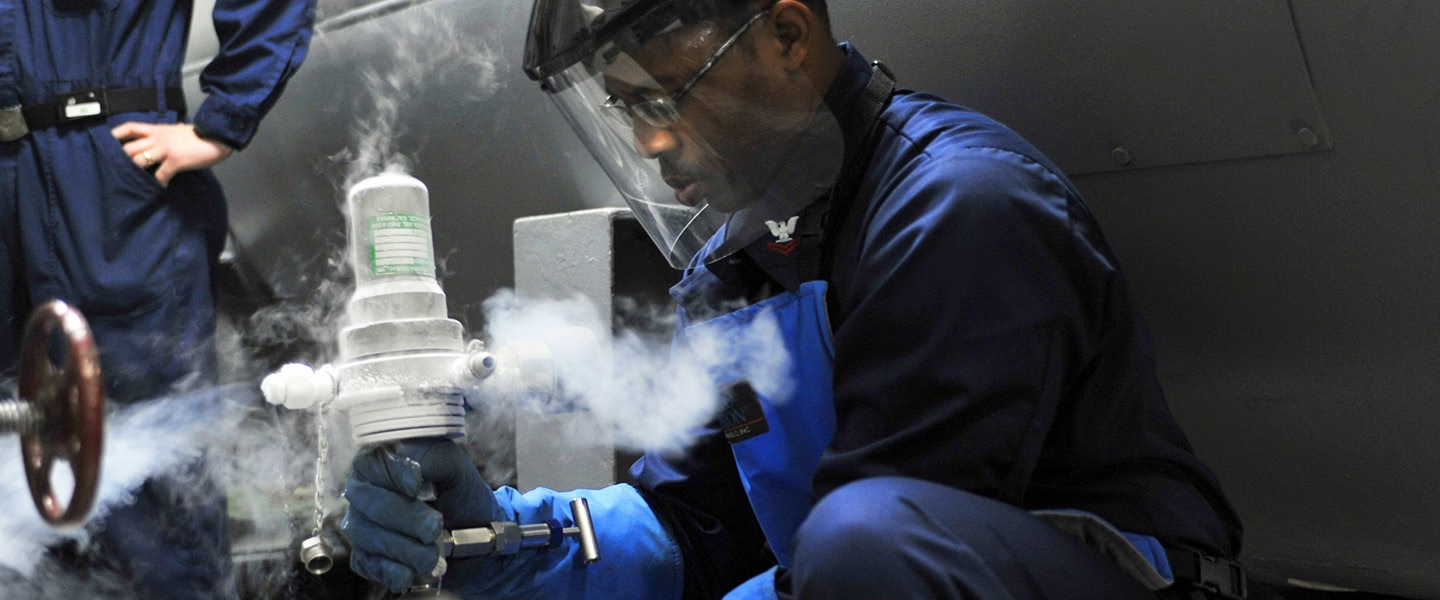Aircraft maintenance is a profession where precision and safety go hand in hand. Whether you’re performing routine inspections, troubleshooting complex systems, or repairing essential components, the risks are ever-present. Safety gear isn’t just a precaution—it’s a vital tool in ensuring mechanics can perform their jobs effectively and without injury. In this first installment of our 5-day series on Safety Gear & PPE for Aircraft Mechanics, we’ll explore why safety gear is the cornerstone of effective maintenance practices.
The Role of Safety Gear in Aircraft Maintenance
- Protecting Against Common Hazards
Aircraft mechanics face a range of hazards every day, including:- Chemical Exposure: Working with hydraulic fluids, fuel, and solvents can cause burns or long-term skin damage.
- Physical Risks: Sharp tools, falling objects, and moving parts create constant risks of cuts, bruises, or more serious injuries.
- Noise Hazards: Prolonged exposure to loud engines or tools can lead to permanent hearing damage.
- Enhancing Confidence and Productivity
Feeling protected allows mechanics to focus fully on their tasks. Safety gear reduces the mental load of worrying about potential injuries, letting you perform with confidence.- Example: Anti-slip footwear ensures stability on slippery hangar floors, enabling you to concentrate on your work without fear of slipping or falling.
- My Experience: I’ve worked on everything from F-16s to E-4B aircraft, and having the right PPE often made the difference between a smooth day and a dangerous one. Once, while working on an engine with sharp edges, cut-resistant gloves saved me from a serious hand injury—a small investment with a big payoff.
- Compliance with Industry Regulations
Aviation maintenance is governed by strict safety standards, including OSHA guidelines and aviation-specific regulations. Proper use of safety gear ensures you’re compliant, reducing the risk of penalties or job interruptions.- Wearing appropriate PPE isn’t just about personal protection; it’s also about protecting the reputation of your team and organization.
- Did You Know? Many aviation employers conduct regular audits to ensure mechanics are following PPE guidelines, making it essential to always have the right gear on hand.
- OSHA’s Personal Protective Equipment (PPE) Standards

The Essentials of Aircraft Maintenance Safety Gear
Here’s a quick look at some of the must-have PPE for mechanics:
- Gloves: Chemical-resistant, leather, or cut-resistant gloves tailored to specific tasks.
- Safety Goggles and Face Shields: Protects against flying debris and chemical splashes.
- Hearing Protection: High-NRR earmuffs or earplugs for work around noisy engines.
- Footwear: Steel-toe, oil-resistant boots for stability and protection from heavy objects.
- Respirators: Essential for working with harmful fumes and particulates.
Maintaining Your Safety Gear
Having the right PPE is only half the battle—proper care and maintenance ensure its effectiveness:
- Inspect Regularly: Check for tears, cracks, or other damage before use.
- Clean Properly: Follow manufacturer guidelines for cleaning, especially for gloves and respirators.
- Store Safely: Keep PPE in a clean, dry place away from direct sunlight or chemicals.
Conclusion
Safety gear is more than just a requirement—it’s a commitment to your health, your team, and your profession. By investing in high-quality PPE and using it correctly, you can significantly reduce risks and perform your job with greater confidence and efficiency.
What’s Next?
Tomorrow, we’ll dive into eye and face protection, exploring how the right equipment can safeguard your vision and improve your workflow. Stay tuned for Day 2 of our Safety Gear & PPE series!
Call-to-Action:
“Ready to gear up? Explore the full series and ensure you’re prepared for every challenge. Check out Here and share your thoughts in the comments!”




